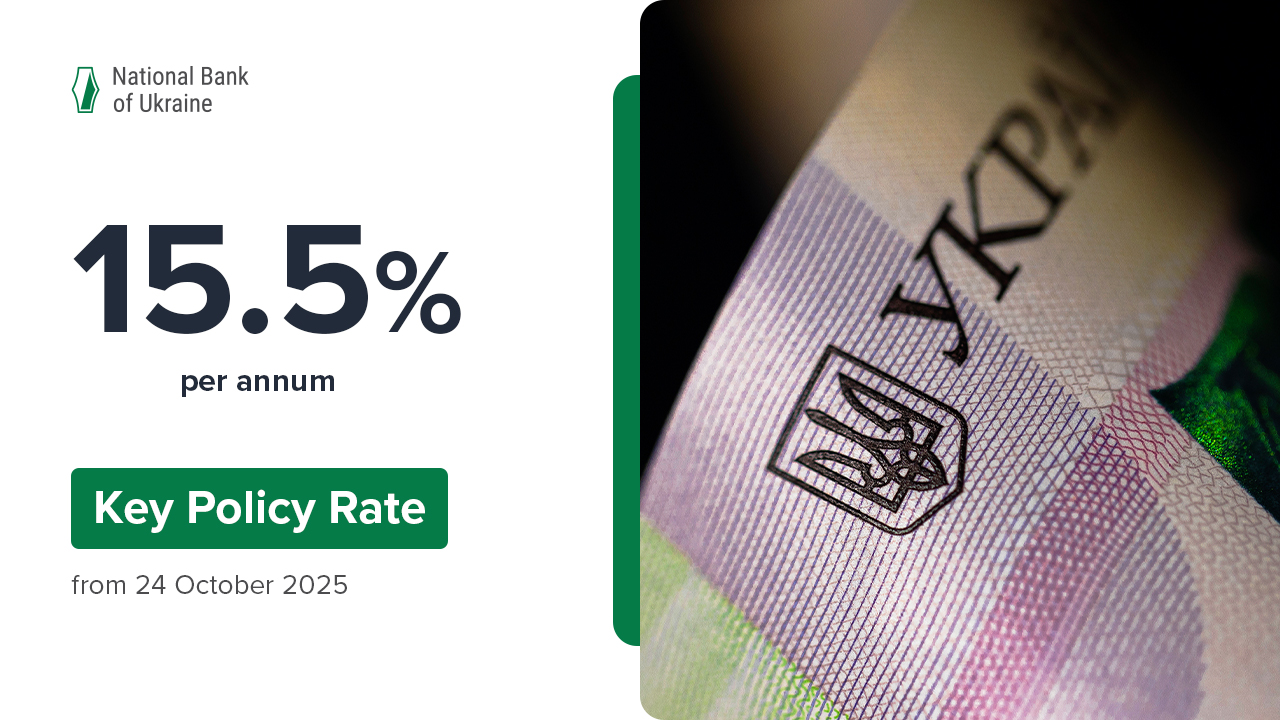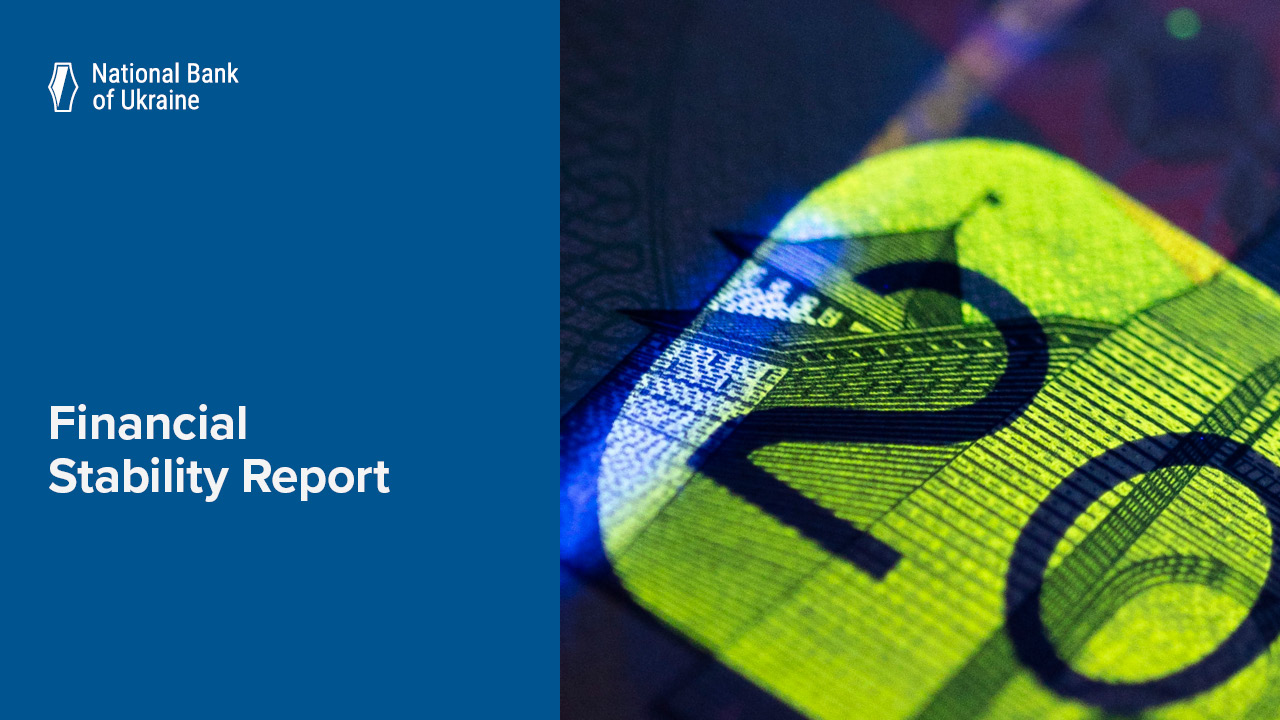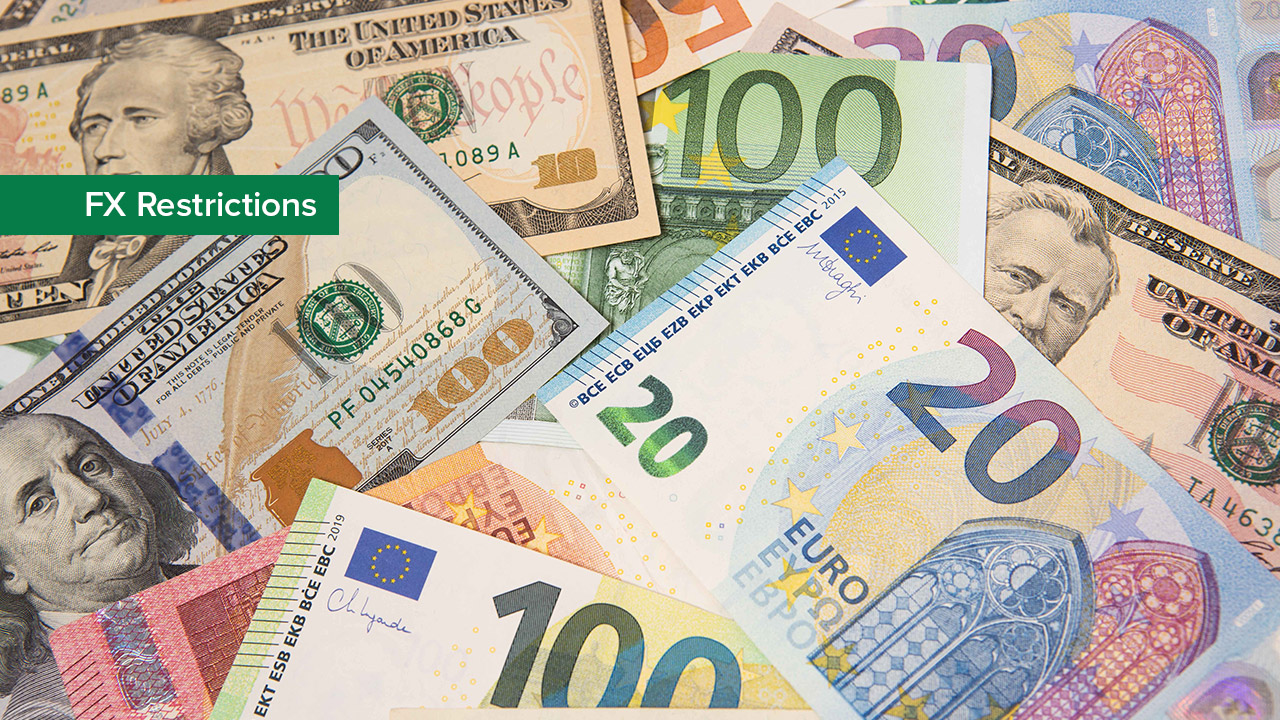Dear colleagues,
I’d like to greet all the participants in this follow-up meeting on the NBU Board’s monetary decision.
Please be informed that the NBU Board has decided to leave the key policy rate unchanged at 12.5% per annum. This decision resulted from the need to reduce risks to achieving the inflation targets set for 2017 and 2018.
I want to outline how inflation has changed since we last met.
Overall, inflation has been kept in check. Although headline inflation has increased in recent months, as expected, core inflation has been stable.
Headline inflation sped up to 13.5% in May and to about 15% in June, as estimated by the NBU. These inflation figures were slightly higher than those projected by the NBU in its Inflation Report (April 2017).
This was mainly attributed to a rise in raw food prices. An increase in global meat and dairy products has pushed up exports of Ukrainian products. As a result, the supply of these products on the domestic market dropped. The partial crop loss due to spring frosts and an increase in the supply of more expensive imported products have affected domestic fruit and vegetable prices.
In the meantime, core inflation has been lower than expected, making up 6.5% in May. It was reined in by consumer demand, which was lower than its potential level, as well as by prudent fiscal and monetary policies.
A significant improvement in inflation expectations, resulting, among other things, from favorable FX market conditions, helped reduce the pressure on prices. The UAH/USD exchange rate has been strengthening since early 2017, driven by various factors.
First, although due to seasonal factors the agricultural exporters contributed less than 40% to the total foreign currency sold by exporters, they continued to play an important role in currency supply on the interbank market. As before, agricultural exports, and consequently the amount of foreign currency sold by agricultural exporters, were driven by high global grain prices and large agricultural exports.
Second, in spite of a drop, foreign currency sales by metallurgical exporters remained significant. Particularly, it was due to high steel prices. Mining and smelting companies accounted for over 40% of total foreign currency sold by exporters in June, despite the implications of halted freight traffic across the contact line running through Donetsk and Luhansk oblasts and the seizure of industrial companies in rebel-controlled areas.
Third, Naftogaz, which sold foreign currency to pay dividends to the state budget, also contributed to foreign currency sales.
In addition, households were also actively involved in foreign currency sales on the cash FX market. Banks have purchased about USD 1.5 billion of foreign currency net since the start of the year. This allowed banks to maintain foreign currency supply on the interbank FX market.
Meanwhile, in spite of a large supply of foreign currency on the domestic market, the demand for it remained moderate. Indeed, a gradual easing of FX restrictions did not have any material influence on the FX market. The market was only marginally affected by the repatriation of dividends.
In turn, the NBU, although remaining committed to a flexible exchange regime, did not counteract the gradual appreciation of the hryvnia, while purchasing an excess supply of foreign currency in the interbank market to replenish international reserves. Overall, since the start of the year, the NBU has purchased over USD 1.3 billion net, pushing up reserves to USD 18 billion.
What is our inflation forecast for the future?
We expect to meet the inflation targets announced for 2017 and 2018.
The Monetary Policy Guidelines for 2017 and the Medium Term set the inflation target of 8% ± 2 pp for 2017 and 6% ± 2 pp for 2018.
The NBU has not changed its inflation projections for 2017-2018, forecasting inflation of 9.1% for 2017 and 6.0% for 2018.
In the latter half of 2017, inflation in annual terms is expected to be rather volatile, as it was in the first half of the year. In Q3 2017, it will remain in the double-digit range. However, in Q4, inflation will return to a one-digit figure.
Inflation projections are expected to be unchanged due to various factors counterbalancing each other.
On one hand, projections of a raw food price increase were revised upwards due to supply-side factors.
On the other hand, this will be partly offset by weaker than so far expected growth in administrated prices. A more favorable FX market condition will also contribute. As a result, the NBU has revised its core inflation projections downwards, to 6.1% at end-2017.
Core inflation is projected to decrease to 3.9% in 2018. Key to inflation continuing on its downward path will be prudent monetary and fiscal policies, which will revive consumer demand, improve inflation expectations further, and prevent considerable fluctuations in the exchange rate.
Raw food price growth is expected to be significantly weaker in 2018 compared to the current year.
As in previous years, consumer inflation will be driven by administered prices. These prices are forecast to rise by over 10%, reflecting expected growth in global energy prices, as well as Ukraine’s excise policy.
The NBU has revised its 2017 real GDP growth projections
Economic growth will slow down to 1.6% in the current year. The forecast was revised due to the worse economic performance in the first half of the year, primarily in services, and the revised crop yields projections. Industries most susceptible to the breach of production ties with the uncontrolled territories (the mining and metals sector, energy industry, transport industry) will continue to underperform.
Real GDP growth is expected to accelerate to 3.2% in 2018. First of all, it will be driven by gradual easing of monetary and fiscal policies that will stimulate consumer demand. Also, economic growth will be bolstered by improved investment attractiveness of the economy and growing exports against a background of more favorable trade terms and high crop yields. However, the recovery of domestic consumer and investment demand will largely be met by imported products.
The current account deficit is projected to stay at around 4% of GDP in 2017-2018. It will be fully covered by inflows to the financial account that will ensure further accumulation of the international reserves.
This year, in particular, a decline in foreign currency cash circulating outside banks will be the main source of the financial account inflows.
While next year, the inflow of investment and debt capital to the private sector is expected to recover on the back of better investment climate.
Moreover, the Government is expected to issue Eurobonds next year as the access to external capital market is to be renewed. This will allow to refinance part of the national debt, since a large portion of repayments fall due in 2019.
The key assumption of this forecast is further cooperation with the International Monetary Fund, which remains an important source of replenishing the country’s international reserves. Along with the surplus of consolidated balance of payments, the receipt of planned tranches under the EFF program will increase the international reserves to USD 20 billion by the end of this year and to USD 27 billion by the end of next. Also, the accumulation of reserves will be facilitated by the Government's use of special confiscation funds for the public debt servicing.
Why having the above scenario, we decided to leave key police rate unchanged?
The NBU considers that the current level of the key police rate is consistent with the inflation targets set for 2017-2018 and the existing balance of risks.
Keeping monetary policy unchanged is due to the need to mitigate the influence of two important factors:
Firstly, the growth of raw food prices and its effect on inflationary expectations.
Secondly, the effects of consumer demand recovery, particularly, in the aftermath of higher pension payments from October, which reinforces inflation pressure.
The risks of an upward or downward change of the inflation forecast for this year are estimated as equally probable.
On one hand, the possibility exists that administered prices may grow this year (which, however, will ease inflation pressure next year). Supply-side factors related to food products may exert stronger pressure on the inflation trajectory in the current and next year than it is now reckoned.
On the other hand, global energy prices may dip lower from the level projected in the NBU’s baseline scenario. This will directly influence domestic consumer prices, and will also have an indirect impact through lower cost of imports with a correspondent adjustment of the exchange rate.
The mid-term outlook takes into account some uncertainties related to the pace at which the government is set to raise social standards, particularly, pensions, as well as possible changes in the state policy on providing subsidies to households.
Further, there is continuing uncertainty about the implementation of the macroeconomic policy and structural reforms required to maintain macrofinancial stability, boost the economy’s potential and continue cooperation with the IMF. Unsuccessful reforms may undermine economic growth prospects, adversely affecting inflation and exchange rate expectations and increasing inflationary pressure.
Apart from that, there is still a high risk that the military conflict in eastern Ukraine will escalate.
What kind of monetary policy is expected in the future?
For the key policy rate to be reduced further, the NBU needs to have clear indications that the above stated risks would not translate into a stronger inflationary pressure and impede the achievement of inflation targets in the medium term. The NBU Board is confident that a sustained and substantial lowering of lending rates for the real sector is only possible provided the achievement of price stability.
Apart from that, the monetary policy easing witnessed this year can further facilitate the economic growth, since the key policy rate cuts in April-May has not yet fully translated into lower interest rates offered by banks, especially state-owned banks.
Meanwhile, the NBU Board sees further FX market liberalization possible in view of market favorable conditions. We remain committed to expanding the possibilities for early repayment of loans attracted from nonresidents.
Firstly, this will allow for early repayments of loans by the banks.
Secondly, businesses will be able to repay loans before maturity if a shareholder of such borrower or nonresident creditor is an international financial organization.
Thirdly, resident borrowers will be able to repay loans before maturity if nonresident creditor is a bank.
These steps will make it easier to borrow funds abroad while causing no destabilization impact on the FX market.
To learn more about a new macroeconomic forecast, please see the Inflation Report that will be published on 13 July 2017.
Let me remind you that the next meeting of the NBU Board on monetary policy issues will be held on 3 July 2017.
Thank you for your attention!






